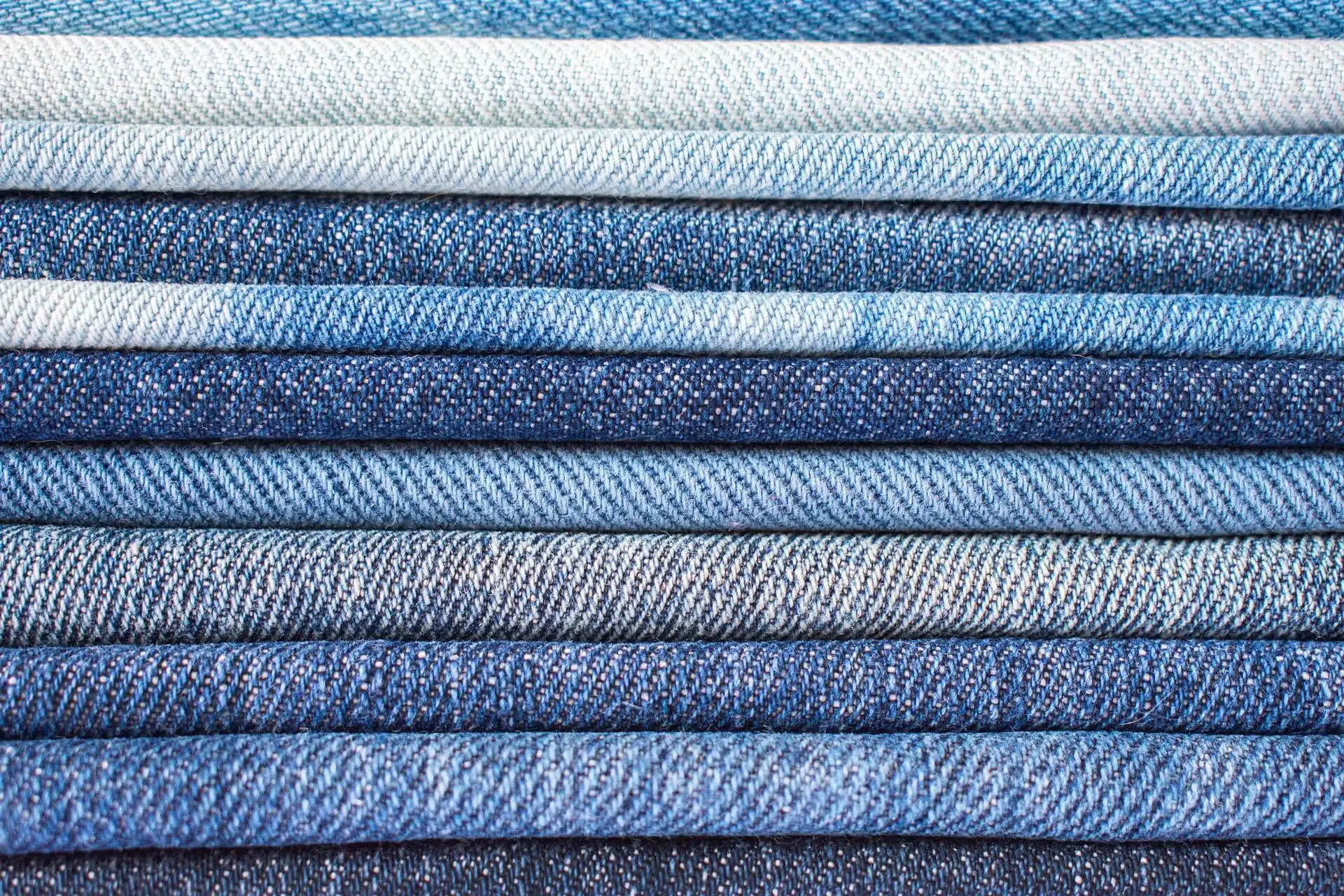Introduction to the multiple aspects of the denim silk-like finishing process
Release time:
13 Mar,2025
Denim mercerization, a unique dyeing technology, what exactly is it? Due to its high warp and weft density and indigo dyeing characteristics, denim's mercerization process shares some commonalities with ordinary dyed fabrics, yet it also has unique features. Through this process, the fabric is given a charming luster, and at the same time, the strength of the yarn and the dimensional stability of the fabric are significantly improved. When formulating the specific process flow, careful control must be exercised over several key aspects, including the concentration of the alkali solution, the alkali immersion temperature, the alkali holding time, the alkali immersion tension, the degree of alkali removal, and the use of penetrants. These factors will have a profound impact on the final mercerization effect.

In-depth analysis of various aspects of the denim mercerization process
If you are interested, please follow our account and explore the mysteries of dyeing together.
What exactly is denim mercerization, this unique dyeing technology? Due to its high warp and weft density and indigo dyeing characteristics, denim's mercerization process shares some commonalities with ordinary dyed fabrics but also has its unique features. Through this process, the fabric acquires a charming luster, while the strength of the yarn and the size stability of the fabric are also significantly improved. When formulating the specific process, careful control of multiple key links is necessary, including the concentration of the alkali solution, the temperature of the alkali immersion, the time of alkali treatment, the tension during alkali immersion, the degree of de-alkalization, and the use of penetrating agents. These factors will have a profound impact on the final mercerization effect.
Alkali Concentration
In the denim mercerization process, the concentration of the alkali solution is a key factor. To ensure that the fibers are sufficiently swollen to achieve the desired mercerization effect, it is necessary to control the appropriate alkali concentration. Experiments show that when the sodium hydroxide concentration is below 200g/L, the mercerization effect is poor; as the alkali concentration increases, the mercerization effect gradually improves, and the barium value also increases. However, when the alkali concentration exceeds 240g/L, the improvement in the mercerization effect is no longer significant. Considering various factors, in large-scale production, an alkali solution concentration of 260~300g/L is usually chosen for mercerization.
Alkali Temperature
The alkali temperature has a significant impact on the mercerization effect and gloss. Theoretically, the mercerization process is exothermic; increasing the alkali temperature will weaken the swelling effect of the fibers, leading to a decrease in shrinkage rate and barium value, which is not conducive to the positive progress of the mercerization reaction. However, in actual production, in order to ensure that the alkali solution can fully penetrate into the yarn and fabric and obtain better dyeing uniformity, the mercerization temperature is usually appropriately increased. Therefore, enterprises need to balance the overall mercerization effect and economic benefits based on the nature of the alkali agent used.
Alkali Treatment Time
The mercerization process depends on the penetration of the alkali solution, and the time required for penetration is affected by many factors, among which the wettability of the yarn is the most prominent. To achieve the desired mercerization effect, it is generally recommended to use a fast mercerization method, with the alkali treatment time controlled within the range of 40~60 seconds.
Tension
In the mercerization process, tension is also a factor to be considered. When mercerizing while maintaining the original length of the yarn, the gloss is optimal. Although the moisture absorption of the fibers is improved under relaxed conditions, the gloss is not significantly improved. Under high-tension mercerization, although the gloss and strength increase, the breaking elongation and fiber moisture absorption will decrease accordingly.
Mercerization Penetrating Agent
[To be continued about Mercerization Penetrating Agent]
In the mercerization process, the fibers on the surface of the yarn will swell preferentially and produce a tightening effect around each fiber, especially under tension, this phenomenon is more significant, and it hinders the deep penetration of the caustic soda solution into the yarn. To ensure the uniformity of the mercerization effect, we need to add a mercerization penetrating agent to the finishing solution, and its performance and dosage are crucial to the mercerization effect.
In addition, the residual rate, vehicle speed, and fabric tension after caustic soda immersion are also factors that cannot be ignored in the mercerization process. Appropriate adjustments should be made according to the specific situation in actual production.
After mercerization, a large amount of caustic soda will remain on the surface of the fabric, so it is necessary to carry out neutralization washing. When the caustic soda content on the fabric exceeds 5%, the fabric may still shrink, affecting its gloss and weft shrinkage rate. Therefore, sufficient de-alkalization is crucial to the shaping effect of mercerization. The more thorough the de-alkalization after the yarn is treated with concentrated caustic soda, the more ideal the mercerization effect will be. De-alkalization is usually carried out in two steps: first, in a full-width state, a hot dilute alkali is used to wash the fabric with a rinsing and suction device; then, after relaxing the weft tension, the fabric is put into a de-alkalization tank for washing with dilute alkali.
Previous Page
Previous Page
- All
- Product Management
- News
- Introduction
- Enterprise outlets
- FAQ
- Enterprise Video
- Enterprise Atlas
More information







